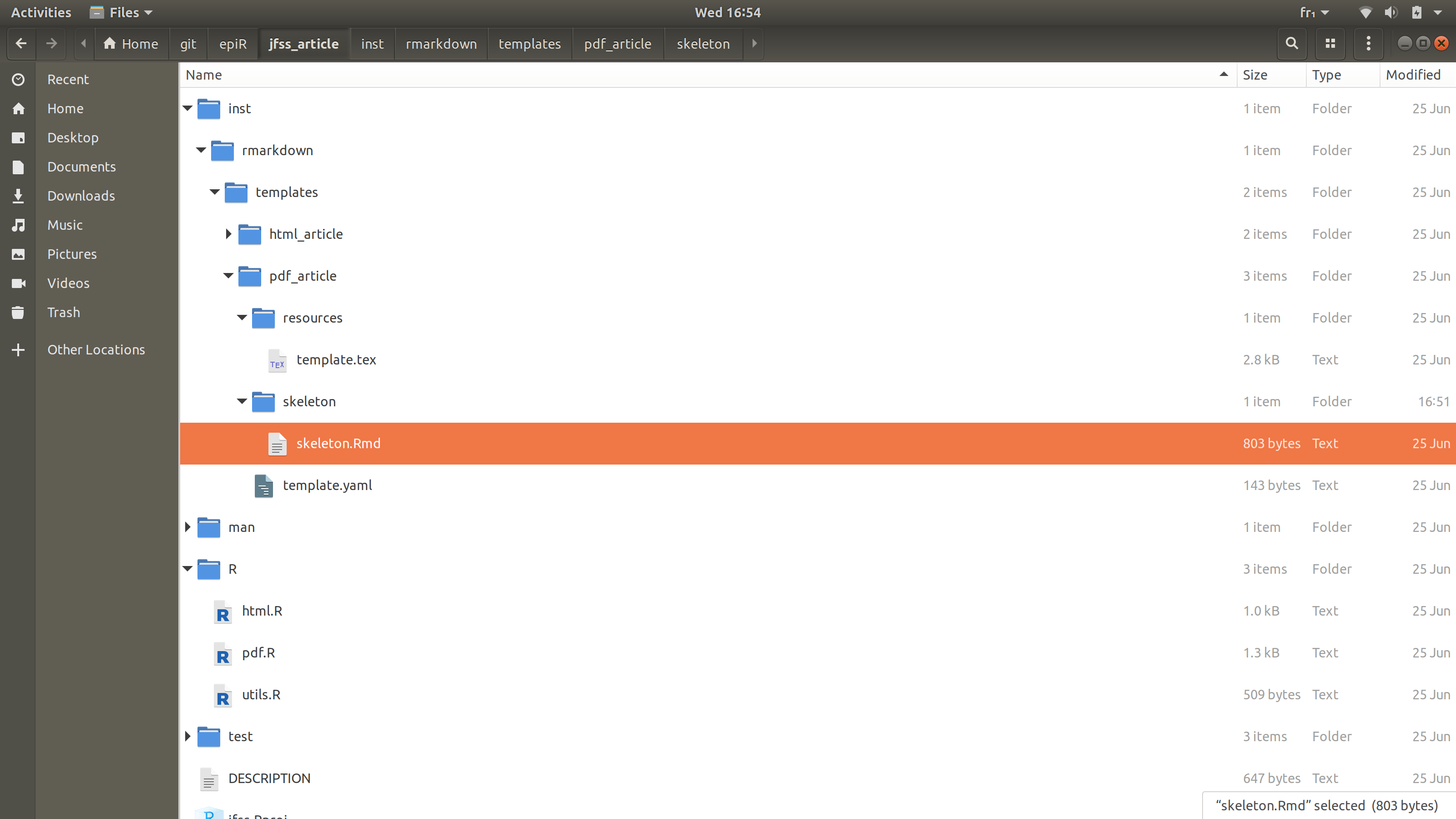

The best way to learn these is simply to try them out. The numbers are incremented automatically in the output.
#RMARKDOWN HIDE CODE FOLDING HOW TO#
The guide below shows how to use Pandoc’s Markdown, a slightly extended version of Markdown that R Markdown understands. Markdown is designed to be easy to read and easy to write. Rmd files is written in Markdown, a lightweight set of conventions for formatting plain text files. RStudio executes the code and displays the results inline with the code: You can run each code chunk by clicking the Run icon (it looks like a play button at the top of the chunk), or by pressing Cmd/Ctrl + Shift + Enter. Rmd, you get a notebook interface where code and output are interleaved.

Text mixed with simple text formatting like # heading and _italics_.

An (optional) YAML header surrounded by -s.It contains three important types of content: This is an R Markdown file, a plain text file that has the extension.

R Markdown Reference Guide: Help > Cheatsheets > R Markdown Reference R Markdown Cheat Sheet: Help > Cheatsheets > R Markdown Cheat Sheet, Instead, as you work through this chapter, and use R Markdown in the future, keep these resources close to hand: This means that help is, by-and-large, not available through ?. R Markdown integrates a number of R packages and external tools. Notebook where you can capture not only what you did, but also what you R Markdown files are designed to be used in three ways:įor communicating to decision makers, who want to focus on the conclusions,įor collaborating with other data scientists (including future you!), whoĪre interested in both your conclusions, and how you reached them (i.e.Īs an environment in which to do data science, as a modern day lab R Markdown documents are fully reproducible and support dozens of output formats, like PDFs, Word files, slideshows, and more. To add collapsible sub-sections (within the main header) simply add another '#', and so on.R Markdown provides an unified authoring framework for data science, combining your code, its results, and your prose commentary. To add a collapsible section: proceed title with '#', all code below will fall within this title and can be collapsed. I realise this question was posted some time ago but as a newbie to Google Colab myself I thought it would be helpful to share what I have found useful when 'collapsing' sections of code and generally organising code within my notebooks. You can collapse cells by adding this to the top of the cell and then double clicking on the white space that appears to the right of it. This image is the result of the previous image ( note the magic triangle on the left): This image illustrates how to create a section: You can fold and unfold sections by clicking on the triangle next to their title. This is how you create title in Markdown: # This is a title # This is a smaller title # This is even a smaller title. You can create a section by creating a text cell that starts with #. The black triangle, that makes it possible to fold and unfold sections, appears when you create a section (which is equivalent to creating a title).


 0 kommentar(er)
0 kommentar(er)
